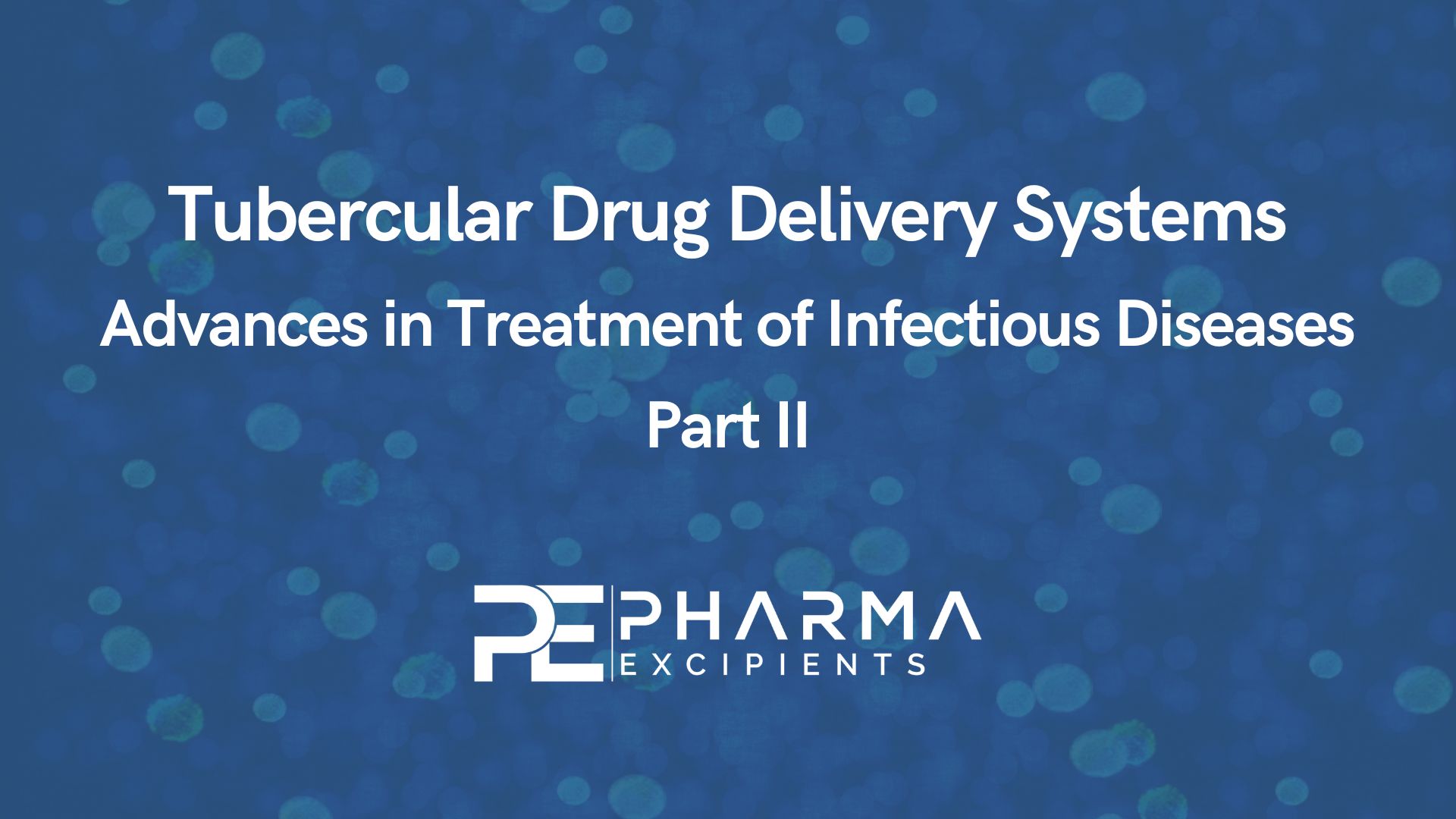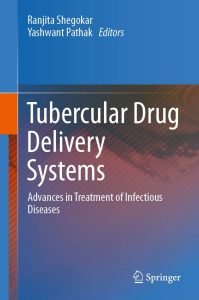Tubercular Drug Delivery Systems – Advances in Treatment of Infectious Diseases – Part II/II


The new book “Tubercular Drug Delivery Systems – Advances in Treatment of Infectious Diseases” book targets new advances in areas of treatment and drug delivery sciences for tuberculosis. It covers advances in drug therapy and drug targeting that focus on innovative trend defining technologies and drug delivery platforms in the understanding of host-pathogens relationship for providing better therapy. A wide variety of novel and nano-formulations using promising technologies are being explored to deliver the drug via different administration routes.
It addresses the gap between new approaches and old treatment modalities and how they are superior in pharmacological performance when tested in in-vitro and in-vivo. Audience from wide range group like from researchers to regulatory bodies can benefit from the compiled information to find out patient needs and current research advances in the field of tuberculosis research.
- New advances in tuberculosis treatment, drug delivery, therapy and targeting.
- Only publication with a roadmap for drug delivery that also covers clinical and medicinal aspects.
- Covers nanoformulations and micro formulations.
Read Part II – further three chapters:
Drug Delivery by Micro, Nanoemulsions in Tuberculosis
Chapter 9
Mycobacterium tuberculosis is the single pathogen responsible for the spread of tuberculosis (TB) in humans. TB is present from ancient times, but is still one of the deadliest diseases due to the nature of bacteria, chronic treatment and also its spread into different organs such as lymph nodes, lungs, brain, eye, spleen and liver. The drawback of currently available drug treatment is the low oral bioavailability, toxicity of drug, and drug resistance. Recently, nano-based therapy is widely explored for drug targeting, enhancing bioavailability and improving the stability of drugs. From the different nanocarriers, micro/nanoemulsions (MEs/NEs) are the promising nanocarriers for the improvement of bioavailability and Pgp modulation. This chapter highlights the composition, formulation, characterization, and pharmacokinetics of NEs/MEs with reference to tuberculosis.
Read chapter 9 here
Alginate Nanoparticles: A Potential Drug Carrier in Tuberculosis Treatment
Chapter 11
Among all infectious diseases that afflict humans, tuberculosis (TB) remains the deadliest. At present, epidemiologists estimate that one-third of the world population is infected with Mycobacterium tuberculosis, which is responsible for 8–10 million new cases of TB and 3 million deaths annually throughout the world. Over the past 50 years, with medical treatment and standard public health practices, tuberculosis diminished in developed countries and resulted in a loss of interest and funding for research in improving diagnostic and treatment options. In developing countries, efforts including BCG vaccination have failed to control tuberculosis, and the disease continues to spread as the world becomes more globalized. At the same time, multidrug-resistant tuberculosis has emerged, challenging even the most advance treatment centres. Various unique antibodies have been developed to overcome drug resistance, reduce the treatment regimen, and elevate the compliance to treatment. Therefore, we need an effective and robust system to subdue technological drawbacks and improve the effectiveness of therapeutic drugs which still remains a major challenge for pharmaceutical technology. Polymeric nanoparticulate carriers have shown convincing treatment and promising outcomes for chronic infectious diseases. Different types of nanocarriers have been evaluated as promising drug delivery systems for various administration routes. Controlled and sustained release of drugs is one of the advantages of nanoparticle-based antituberculosis drugs over free drug. It also reduces the dosage frequency and resolves the difficulty of low poor compliance. This chapter reviews sodium alginate-based nanotechnology therapies which can be used for the treatment of TB, with a short summary on bibliometric analysis that could provide significant information to researcher about ongoing research.
Read chapter 11 here
Surface-Modified Drug Delivery Systems for Tuberculosis Intervention
Chapter 13
Tuberculosis (TB) presents as the second most lethal infectious disease after HIV/AIDS and has presented difficulty in treatment over the years, due to prolonged duration of therapy and side effects of the drugs resulting in patient non-compliance and the development of multidrug resistance (MDR) strains. Anti-TB drugs incorporated in nanosystems may reduce side effects by delivering the drug selectively into infection reservoirs such as macrophages, which may assist in clearing the TB bacilli faster and reducing the duration of therapy. The rapid development of nanosciences has improved the targeted delivery of therapeutics, offering great benefits in the treatment of chronic diseases. Nanosystems demonstrate great prospect by specific and selective targeting, supported by their ability to be surface functionalized with targeting ligands. This chapter will therefore demonstrate the state of the art in the development of surface-modified nanotechnology incorporated with anti-TB therapeutics.
Read chapter 13 here
See the first part of the article
See the full book here
Source: Ranjita Shegokar, Yashwant Pathak, Tubercular Drug Delivery Systems – Advances in Treatment of Infectious Diseases, 2023, Springer Link, https://link.springer.com/book/10.1007/978-3-031-14100-3
See our background article on World TB Day:


